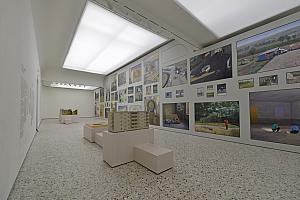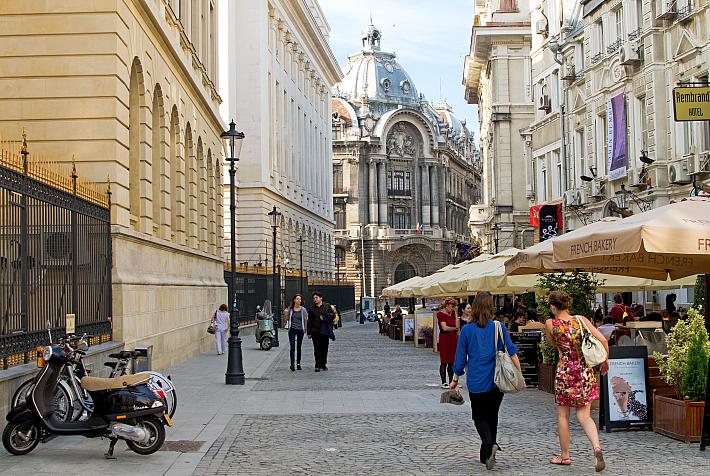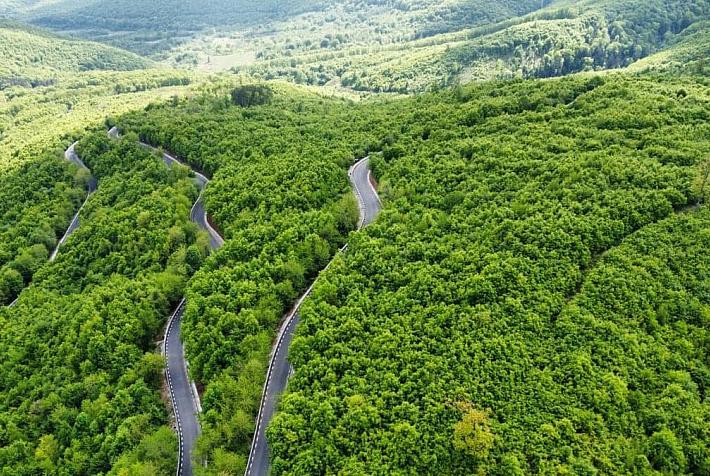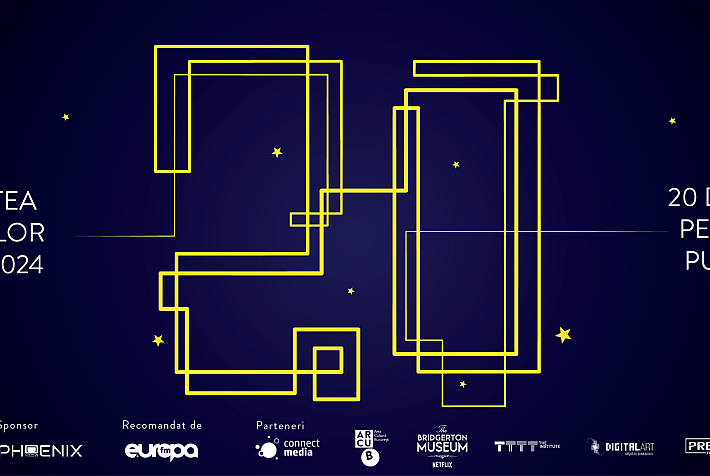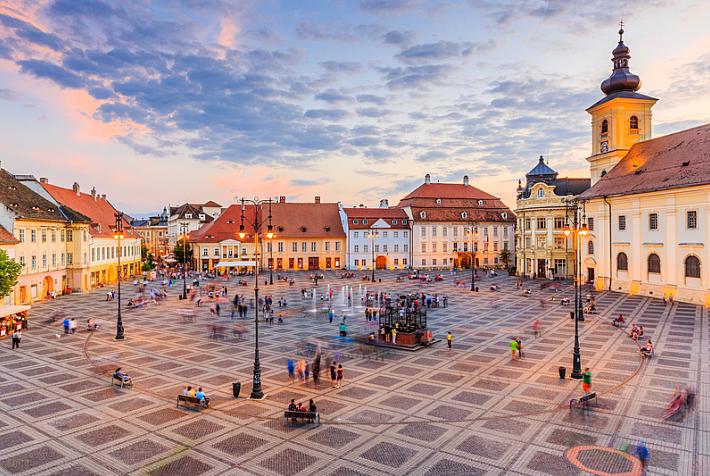Village of famous Romanian sculptor Constantin Brâncuși featured in new Art Safari exhibition

Hobița, the village of famous Romanian sculptor Constantin Brâncuși, is at the center of a new temporary exhibition at Art Safari in Bucharest, which opens on Wednesday, May 1, and will be on display until May 19. Art Safari also offers a family program during the Labor Day & Orthodox Easter mini-holiday, open daily from 12:00 PM to 9:00 PM, from May 1-5.
The exhibition 'At Home with Brâncuși' is organized in partnership with the Romanian Peasant Museum and will showcase ethnographic pieces and rare documentary photographs from the Romanian Academy's collection. Tickets can be purchased online or directly at the entrance.
Additionally, daily creative workshops for children (ranging from Easter egg decorating to Brâncuși's work) are scheduled from 12:00 PM to 1:30 PM.
The 'At Home with Brâncuși' exhibition evokes Brâncuși's roots through a recreated interior of a Gorj house from Hobița, featuring furniture items from the Romanian Peasant Museum's heritage. Documentary photographs from the Romanian Academy's collection will also be on display.
The sculptor is depicted through a series of photographs, including a portrait by Man Ray, a bust, and a collection of personal items from private collections: a French travel suitcase used by Constantin Brâncuși on his famous trips to the United States, the sculptor's work vest, a three-piece day suit worn during his Paris period (by Sleator & Carter), a three-piece evening suit worn during the same time, a Burberry's overcoat possibly used as workwear, along with a pipe and cane.
Constantin Brâncuși was born on February 19, 1876, in the village of Hobița in Gorj County, in the family of Nicolae Radu and Maria Brâncuși, who were engaged in agriculture, wood processing, and cattle raising. Young Brâncuși learned from the village carpenters, primarily from his father and grandfather, the skill of woodcarving. Hobița was a source of inspiration for his art: from the beautifully adorned houses to the old wooden church with its carved front, supported on pillars, which evoked the future Endless Column, and the village cemetery with its decorated crosses and memorials.
In 1904, Brâncuși walked to Paris, where he worked for a time in the renowned studio of Auguste Rodin. In 1914, he had his first solo exhibition in New York, followed by his most prolific creative phase. He passed away at the age of 81 in Paris. His works are spread across the world in the largest museums and collections, with very few remaining in his native country.
Constantin Brâncuși is also featured among the personalities in 'The History of Romania in 100 Portraits', curated by Cornel Ilie, an exhibition that can be seen at Art Safari until July 28.
(Photo source: the organizers)







